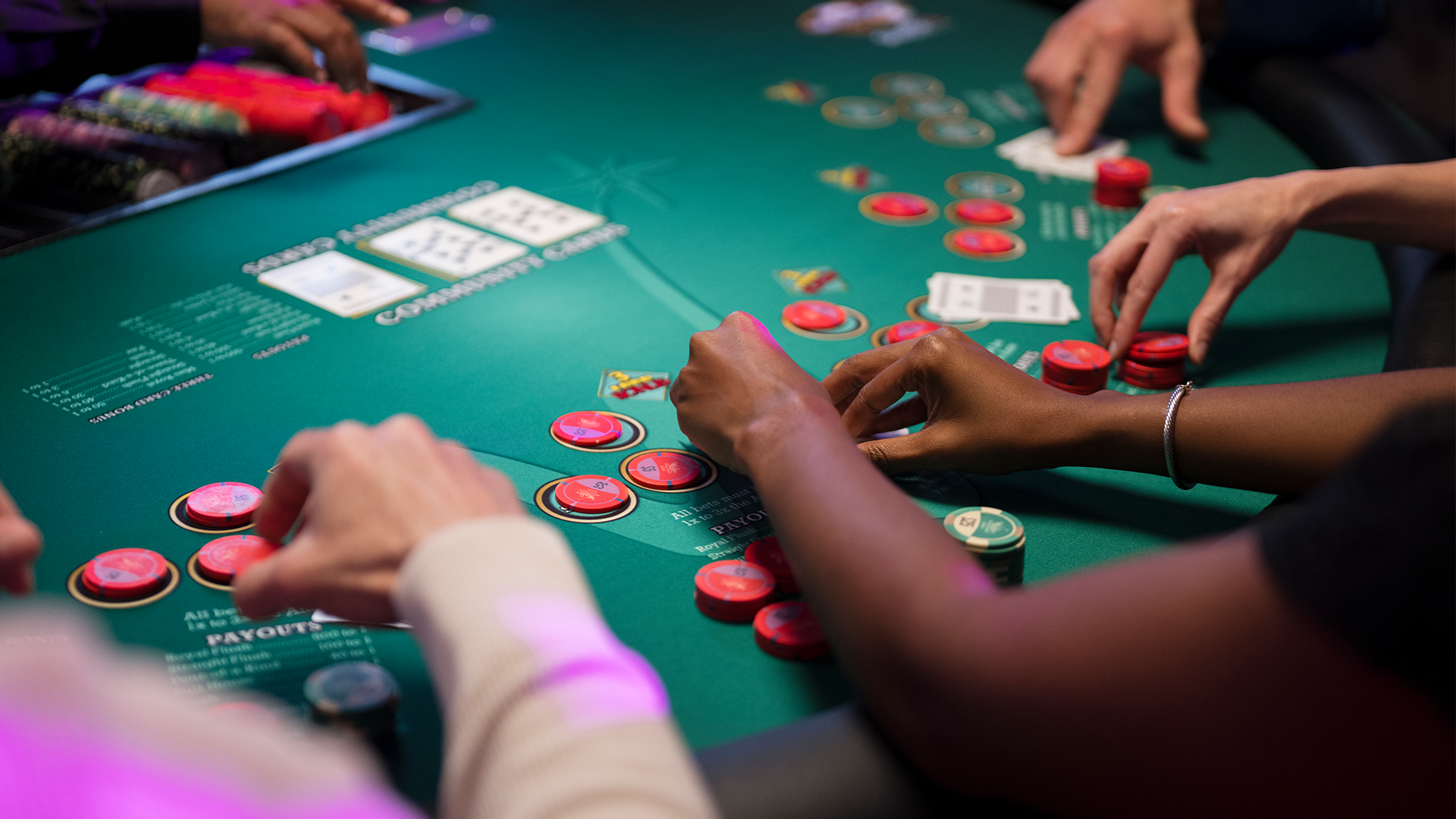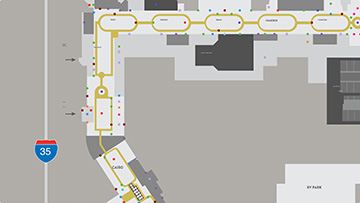Bluffing is an art form. While playing poker, this strategic maneuver can turn the tables in your favor. Whether you are a novice or a seasoned player, mastering how to bluff in poker can be the key to your success. This article will guide you through the intricacies of bluffing, offering tips and insights to elevate your poker game.
Understanding the Basics of Bluffing
What is a Bluff in Poker?
A bluff in poker is a bet or a raise made with a weaker hand, intending to deceive opponents into folding stronger hands. Bluffing is a psychological tactic used to create doubt and manipulate the perception of your hand strength.
Types of Poker Bluffs
There are various types of bluffs in poker, each serving a different purpose:
-
- Pure Bluff: A bet made with a hand that has little to no chance of improving.
- Semi-Bluff: A bet made with a drawing hand that has the potential to improve to the best hand.
- Continuation Bluff: A bet made after raising pre-flop, regardless of the strength of the hand.
Advanced Poker Bluffing Techniques
- Double-Barrel Bluff: A double-barrel bluff involves betting on the flop and the turn. It requires a good read on your opponents.
- Triple-Barrel Bluff: A triple-barrel bluff extends to the river. It’s a high-risk, high-reward strategy that should be used sparingly.
Why and How Bluffing in Poker is Essential
Bluffing is a crucial part of poker if you want to become a strong player. Let’s look at two examples to understand why.
The Cautious Player
Imagine a player who only bets when they have a strong hand. This type of player is known as a cautious player or conservative better. They are easy to play against because when they bet, you know they have a good hand. You can fold without losing much money. Their predictability makes it easy to make the right decision against them.
The Aggressive Player
On the other hand, imagine a player who bets aggressively and bluffs a lot. These types of players are known as aggressive players. You can exploit their behavior by calling their bets with a wider range of hands or letting them bet more money when you have a strong hand. Their over-aggression can lead to mistakes that you can take advantage of.
So, the key to becoming a tough player is to incorporate the right amount of bluffing into your game.
How to Bluff Well Checklist
Timing is everything when it comes to bluffing. Here are some simple questions to ask yourself to decide if a bluff will be effective:
- Does my opponent seem to have a weak hand?
- Has my opponent shown any physical tells or timing cues that hint at their hand’s strength?
- Am I mixing in enough strong hands with my bluffs to keep my opponents guessing?
- Does my opponent tend to call bets frequently?
- Are my opponents likely to see through my bluffs?
- Is my betting story throughout the hand consistent and believable?
- Have I sized my bets appropriately to support the narrative of my hand?
- What is my current table image? Do my opponents view me as tight or loose?
- How many players are left to act after me?
- Have I noticed any recent changes in my opponent’s betting patterns?
As you can see, there are many factors to consider when deciding if it’s the right time to bluff. By thinking about these questions as your playing, you can improve your bluffing skills and become a more formidable player.
The Psychology Behind Bluffing
Bluffing is more than just holding good cards and tricking your opponents; it’s about understanding your opponents and playing their mind. To bluff effectively, you need to watch how your opponents behave and spot their weaknesses. This means noticing their betting patterns, how they act when they’re nervous or if they have certain tells. By figuring out what makes your opponents tick, you can make them believe you have a stronger hand than you actually do. In short, bluffing is all about playing the person, not just the cards.
Reading Opponents
Understanding your opponents’ tendencies and behaviors is crucial. Are they aggressive or passive? Do they fold easily or call often? This information helps you decide when to bluff in poker and how.
Behavioral Cues and Tells
Poker is a game of observation. Look for tells—subtle signs that reveal the strength of an opponent’s hand. These can include body language, betting patterns and timing tells. Knowing how to read a bluff in poker can give you a significant advantage.
When to Bluff in Poker
Timing is everything in bluffing; knowing when to bluff can make the difference between a successful bluff and a costly mistake. Bluffing too early or too late can be disastrous, so it’s crucial to understand the optimal moments for bluffing to maximize your chances of success.
Early Game vs. Late Game Bluffing
Early Game Bluffing
- Player Tendencies: Early in the game, players typically have larger chip stacks and are more willing to see flops and turns. They are generally less inclined to fold, making bluffs less effective.
- Establishing Your Image: This is a good time to establish your table image. A few well-timed bluffs can create the perception that you are an aggressive player, which can be useful later.
- Risk Factor: Because players are more willing to call bets early on, unsuccessful bluffs can result in significant chip loss. Use bluffs sparingly and ensure they are backed by strong semi-bluff opportunities (hands that have the potential to improve).
Late Game Bluffing
- Tightened Play: As the game progresses, especially in tournament settings, players tend to tighten up to protect their remaining chips. This makes them more susceptible to folding against well-executed bluffs.
- Increased Blind Pressure: The increasing blinds and antes put pressure on players to conserve their stacks, making them more likely to fold marginal hands.
- Pot Size Considerations: In the late game, pots are often larger due to increased blinds, making successful bluffs more rewarding. However, the higher stakes also mean that a failed bluff can be more costly.
- Reading Opponents: By this stage, you should have a good read on your opponents’ tendencies. Use this information to bluff players who are more likely to fold and avoid bluffing those who are prone to calling.
Have Situational Awareness
Consider the context of the game. Are you up against tight players or loose players? Is the pot worth bluffing for? Assess the situation before deciding to bluff.
Reading Your Opponents
Identifying Different Player Types
Different players require different bluffing strategies. Here are a few types:
- Tight Players: These players only bet with strong hands. Bluffing them can be effective as they are more likely to fold.
- Loose Players: These players call often and are harder to bluff.
Adapting Your Bluffing Strategy
Adapt your bluffing strategy based on your opponents’ tendencies. Against tight players, increase your bluff frequency. Against loose players, bluff sparingly.
Table Position and Bluffing
Importance of Table Position
Your position at the table significantly affects your bluffing strategy. Bluffing from a late position (closer to the dealer) is often more effective as you have more information on your opponents’ actions.
Bluffing from Different Positions
Bluffing from an early position is riskier as you have less information. From the middle position, you can bluff selectively. Late position is ideal for bluffing due to the additional information available.
When Not To Bluff
Bluffing is a powerful tool, but it’s not always the right play. Here are key situations when you should avoid bluffing:
- Against Multiple Opponents: Bluffing is riskier when facing several players. The more opponents you have, the higher the chance that at least one of them has a strong hand and will call your bluff. You will need to be more strategic making a bluff with more players.
- When Your Opponents Are Calling Stations: Some players are known for calling bets regardless of their hand strength. Bluffing against these players is often futile, as they are less likely to fold.
- In High-Stakes Situations: Bluffing in high-stakes games can be dangerous if you lack a solid read on your opponents. The larger the pot, the more likely players are to call your bets, making bluffs less effective.
- When Your Table Image is Weak: If your opponents view you as a frequent bluffer or an inexperienced player, they may be more inclined to call your bluffs. It’s important to establish a strong, unpredictable table image before relying heavily on bluffing.
- If the Board is Unfavorable: On boards that don’t complement your bluffing story (e.g., when the community cards are likely to have helped your opponents), your bluff may be less convincing.
- When Your Bet Size is Off: A poorly sized bet can signal weakness or desperation. Ensure your bet size aligns with your intended bluffing strategy and maintains the credibility of your hand.
Avoiding these scenarios will help you bluff more effectively and reduce the risk of getting caught.
Bet Sizing and Bluffing
How Bet Sizing Affects Your Bluff
The size of your bet can signal strength or weakness. A well-sized bet can convince opponents that you have a strong hand, even when you don’t.
Betting Patterns
Maintain consistent betting patterns to avoid giving away information. Sudden changes in your bet size can alert opponents to a potential bluff.
Common Mistakes in Bluffing
Over-Bluffing
Bluffing too frequently makes you predictable and less credible. Balance your bluffs with value bets.
Bluffing Against the Wrong Opponents
Avoid bluffing against players who call frequently. Target opponents who are more likely to fold.
Bluffing and Bankroll Management
Risk Management
Bluffing involves risk. Only bluff when the potential reward justifies the risk.
Protecting Your Bankroll
Set a budget for bluffing within your bankroll management strategy. Avoid risking too much on bluffs.
Test Your Bluffing Skills at WinStar Casino
Bluffing is a powerful tool in poker, but it requires skill, timing and a deep understanding of your opponents. By mastering different types of bluffs and knowing how to bluff effectively in poker, you can gain a significant edge at the poker table. Practice regularly, observe your opponents, and refine your poker bluff strategy to become a formidable bluffer.
If you want to test your bluffing abilities, we encourage you to visit WinStar World Casino & Resort. We offer a range of poker tables suited to all skill levels. Our friendly dealers are always ready to welcome and guide you further in your journey of mastering the tables.






















